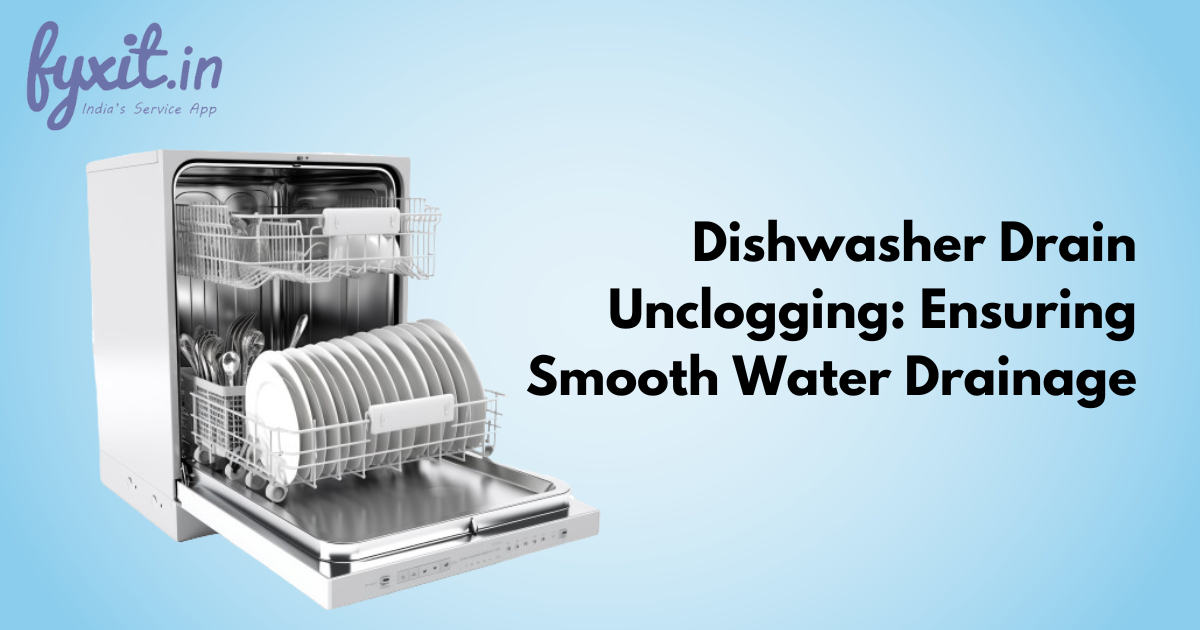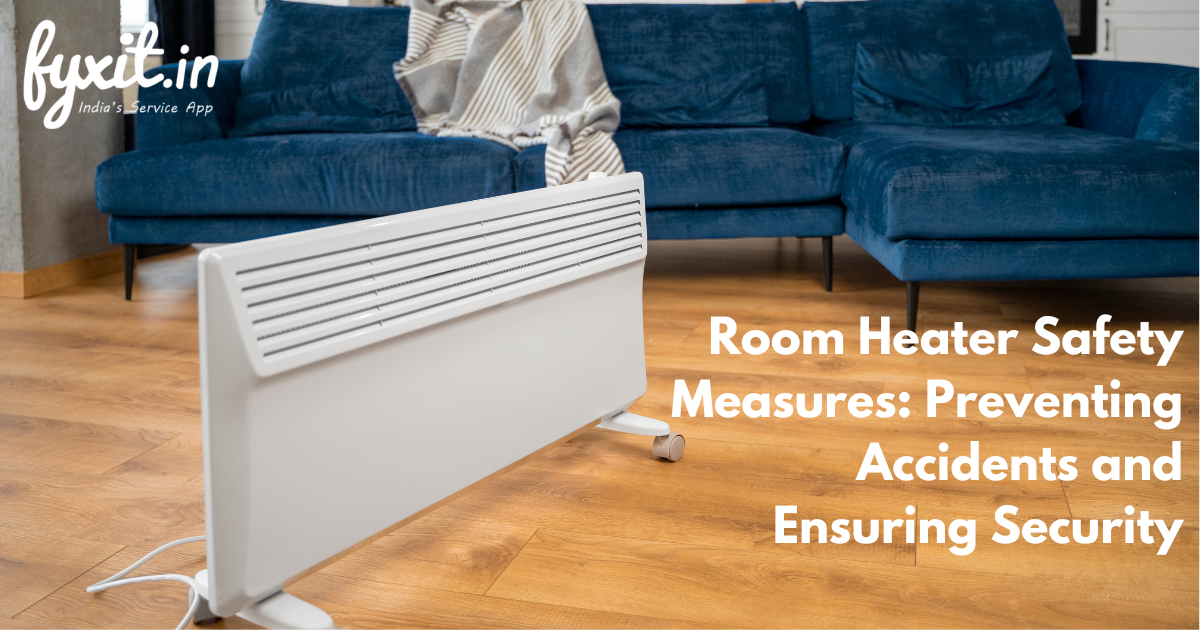As technology advances and consumer preferences change, the disposal of home appliances has become a pressing environmental concern. Discarded appliances contribute to electronic waste (e-waste), posing challenges related to environmental pollution and resource depletion. This comparative analysis explores various waste management strategies for discarded home appliances, examining their environmental impact, feasibility, and effectiveness in mitigating the negative consequences of improper disposal.
Table of Contents
Recycling Programs
Advantages
Resource Recovery:
Recycling programs aim to recover valuable materials from discarded appliances, such as metals, plastics, and electronic components. This reduces the need for raw material extraction, conserving natural resources.
Environmental Protection:
Proper recycling prevents hazardous materials, including lead and mercury, from leaching into soil and water. This safeguards ecosystems and prevents the contamination of local environments.
Energy Savings:
Recycling requires less energy than extracting raw materials. By incorporating recycled materials into the manufacturing process, energy consumption is reduced, contributing to overall energy efficiency.
Challenges
Collection and Transportation:
Establishing effective collection and transportation systems for discarded appliances can be logistically challenging. Remote areas or regions without adequate infrastructure may struggle to implement comprehensive recycling programs.
Complexity of Appliances:
Home appliances are often complex and contain a variety of materials. Disassembling and separating these materials for recycling can be labor-intensive and may require specialized equipment.
Consumer Awareness:
Many consumers are not aware of recycling options for appliances or may find it inconvenient. Increasing awareness and providing accessible collection points are crucial for the success of recycling programs.
Extended Producer Responsibility (EPR)
Advantages
Financial Incentives:
EPR shifts the responsibility for the end-of-life disposal of products to the manufacturers. By making producers financially responsible for the proper disposal of their products, there is an incentive to design products with recyclability in mind.
Innovation in Design:
EPR encourages manufacturers to design products that are easier to disassemble and recycle. This fosters innovation in product design, leading to more sustainable and environmentally friendly appliances.
Reduced Environmental Impact:
When manufacturers are accountable for the entire life cycle of their products, there is a reduced environmental impact. EPR promotes sustainable practices, from raw material extraction to end-of-life disposal.
Challenges
Implementation and Enforcement:
Implementing and enforcing EPR policies can be challenging, especially in regions with lax regulations. Governments must establish robust frameworks and ensure compliance for EPR to be effective.
Costs Passed to Consumers:
Critics argue that EPR may lead to increased costs for consumers, as manufacturers might pass the financial burden of responsible disposal onto the end-users.
Global Standardization:
For multinational companies, adhering to different EPR regulations in various countries can be complex. Global standardization of EPR policies is needed for seamless implementation.
Refurbishment and Resale
Advantages
Extended Product Lifespan:
Refurbishing and reselling appliances extend their useful lifespan, reducing the overall demand for new products. This helps conserve resources and energy associated with manufacturing.
Affordability for Consumers:
Refurbished appliances are often more affordable than new ones, making them an attractive option for budget-conscious consumers. This contributes to a circular economy by promoting reuse.
Job Creation:
Refurbishing appliances creates job opportunities in repair and maintenance sectors. This decentralized approach to waste management stimulates local economies and promotes skill development.
Challenges
Technological Obsolescence:
Rapid technological advancements can lead to the obsolescence of older appliances. Refurbishing outdated models may become impractical, limiting the range of appliances suitable for this strategy.
Consumer Perception:
Some consumers may be hesitant to purchase refurbished appliances due to concerns about reliability and performance. Addressing these perceptions through education and quality assurance is crucial.
Market Competition:
The market for refurbished appliances faces competition from new products. Incentives or policies that promote the purchase of refurbished items may be necessary to level the playing field.
Landfill and Incineration
Advantages
Immediate Disposal:
Landfill and incineration offer a quick and straightforward disposal method for discarded appliances. This can be the default option in regions lacking appropriate waste management infrastructure.
Cost-Efficiency:
Landfill and incineration can be cost-effective compared to more complex waste management strategies. In some cases, the immediate disposal of appliances may be economically viable.
Space Utilization:
Landfills serve as designated spaces for waste disposal, efficiently utilizing land resources. Incineration reduces the volume of waste, minimizing the physical space required for disposal.
Challenges
Environmental Impact:
Landfills contribute to environmental pollution through the release of hazardous substances into the soil and water. Incineration emits pollutants into the air, posing risks to air quality and public health.
Resource Waste:
Dumping appliances in landfills represents a significant waste of valuable resources. This linear approach to waste management neglects the potential for resource recovery and recycling.
Long-Term Consequences:
The long-term consequences of landfilling and incinerating appliances can be severe. Leachate from landfills and air emissions from incineration contribute to ongoing environmental degradation.
Conclusion
A comparative analysis of waste management strategies for discarded home appliances reveals the complexity of balancing environmental sustainability, economic viability, and social considerations. While recycling and extended producer responsibility align with circular economy principles, refurbishment and resale contribute to resource conservation and job creation. On the other hand, landfilling and incineration, despite being cost-effective, have significant environmental drawbacks.
The most effective waste management strategies will likely involve a combination of these approaches, tailored to the specific challenges and opportunities of each region. Policy frameworks that encourage responsible disposal, support recycling initiatives, and incentivize manufacturers to adopt sustainable practices are essential for creating a circular economy for home appliances. As society continues to grapple with the consequences of electronic waste, a holistic and collaborative approach is imperative to develop and implement effective waste management solutions that protect the environment and promote sustainable consumption and production practices.



